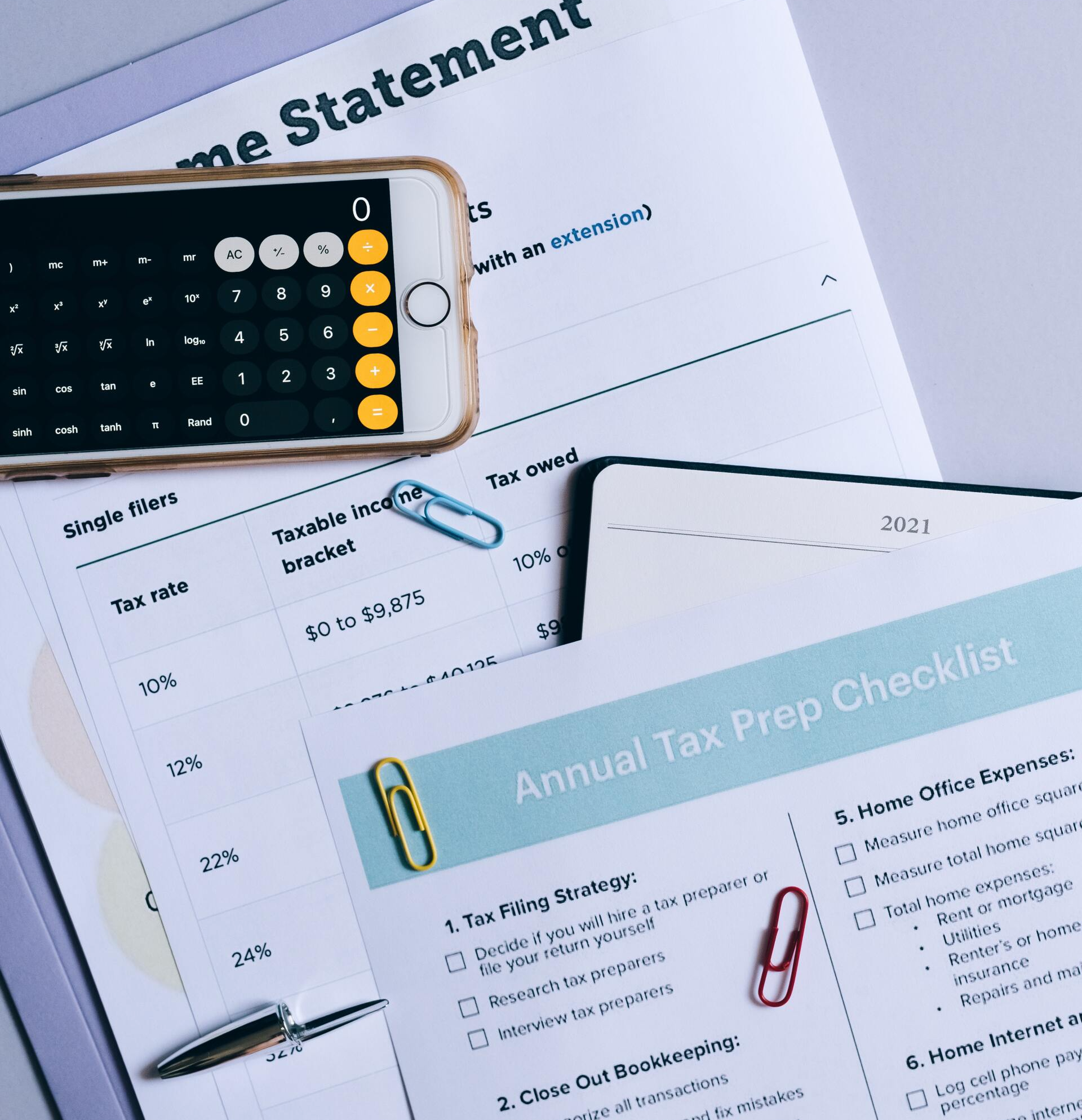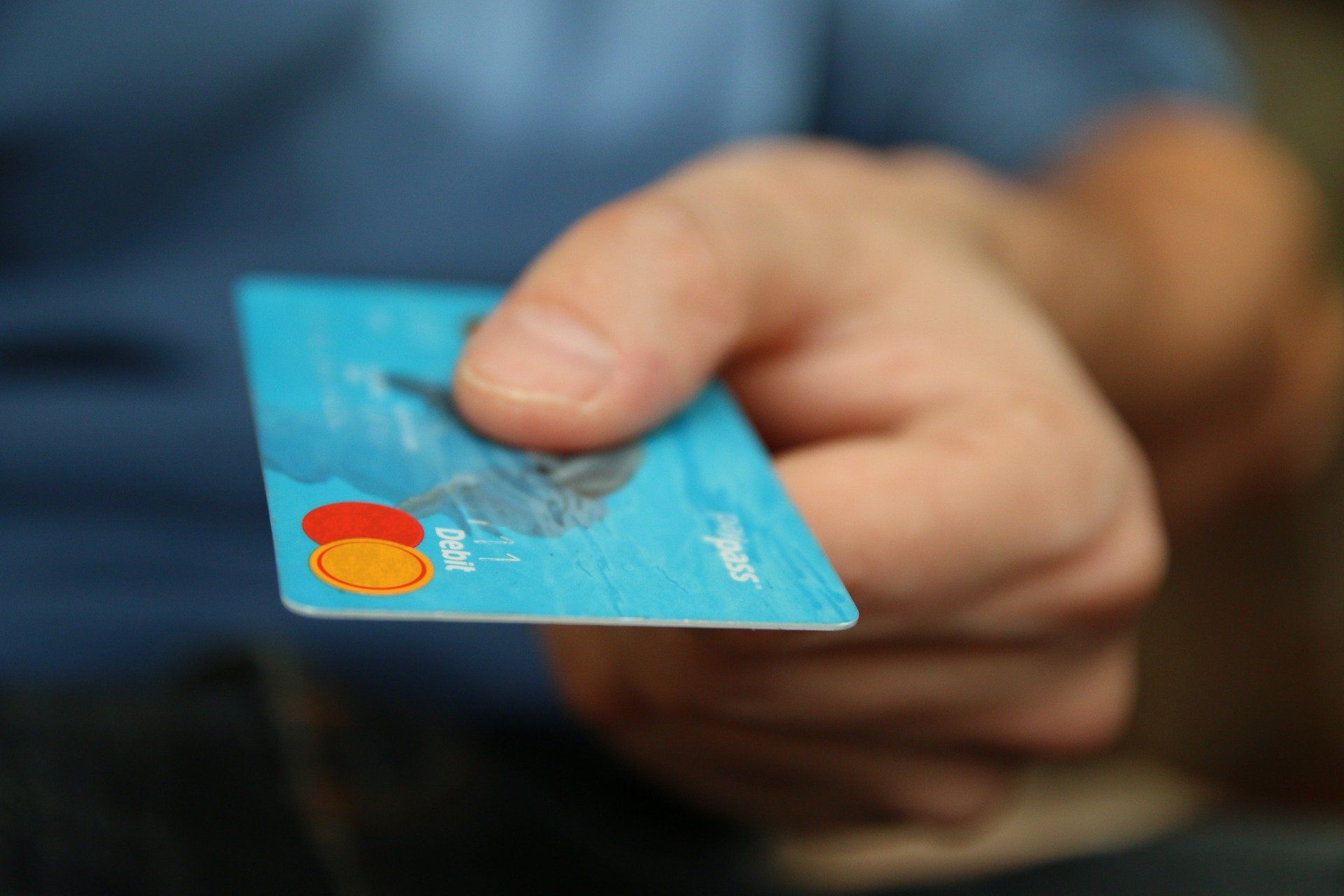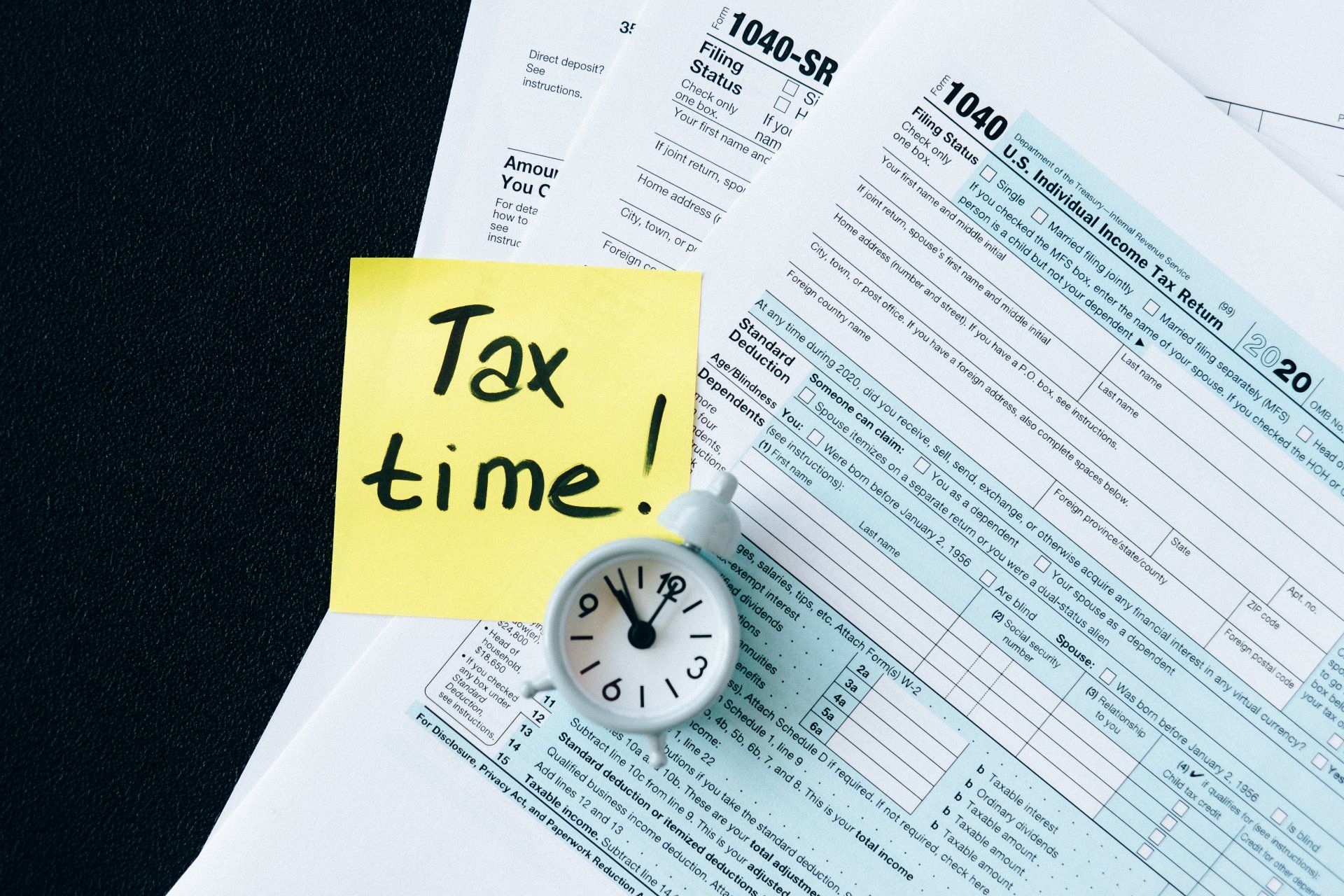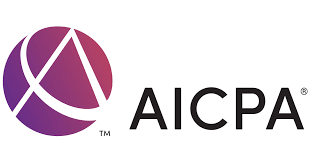Health Savings Accounts (HSAs)
Have Your Cake and Eat it Too!

Very seldom in life can you “have your cake and eat it too”. This is especially true when it comes to tax planning. Most of the time you must spend a dollar to save between $0.10 and $0.45. Even deductions for retirement plan contributions have a "gotcha" attached to them. The "gotcha" is paying tax on the funds when you pull it out. Granted, your marginal tax bracket may be lower when you take the funds which, theoretically, will result in a net tax savings. Conversely, if your marginal tax rate is higher when the funds are taken out, a tax loss will result (this does not take into consideration the time value of money).
With HSAs (Health Savings Accounts), contributions to the account are tax deductible and the funds can be taken out tax free if they are used to pay for or reimburse qualified medical expenses. Simply stated, you get a deduction for contributing funds to the HSA and you do not pay tax when the funds are used to pay for medical expenses. One thing is certain, the funds will be used. Even healthy young people have medical expenses such as dental and vision care. The young do not stay young, and they will experience more medical expenses as they age.
There are requirements to be met and limitations on contributions. To be eligible, individuals must meet the following requirements:
· Be covered under a high deductible health plan (HDHP).
· Have no other health coverage except for plans such as disability, dental care, vision care and long-term care.
· Not be enrolled in Medicare
· Cannot be claimed as a dependent on someone else’s tax return.
An HDHP has a higher deductible than typical health plans, and a maximum limit on the sum of annual deductible and out-of-pocket medical expenses. The following shows the minimum annual deductible and maximum annual deductible and other out-of-pocket expenses:
- Self-only Coverage
- Minimum annual deductible
- 2022 - $1,400
- 2023 - $1,500
- Maximum annual deductible and other out-of-pocket expenses
- 2022 - $7,050
- 2023 - $7,500
- Family Coverage
- Minimum annual deductible
- 2022 - $2,800
- 2023 - $3,000
- Maximum annual deductible and other out-of-pocket expenses
- 2022 $14,100
- 2023 $15,000
Contributions to HSAs are limited each year. For 2022, you can contribute up to $3,650 ($3,850 for 2023) if you have self-only coverage or up to $7,750 (no change for 2023) for family coverage. Individuals 55 or older can put in an additional $1,000 in “catch up” contributions for both 2022 and 2023.
As previously stated, distributions to pay for qualified medical expenses are tax free. Qualified medical expenses are those expenses that would generally qualify for a medical and dental expense tax deduction. This includes amounts paid for over-the counter medicine. Expenses incurred by a spouse and dependents who are claimed on a tax return can be paid for or reimbursed tax free with H.S.A funds.
It is unlikely that funds in an HSA will not all be used to pay for medical expenses since expenses can continue to be paid from the account after an individual is no longer eligible to make contributions including after they are on Medicare. Also, if a spouse is the designated beneficiary of an HSA for a deceased individual, the account will be treated as the surviving spouse’s HSA.
If the requirements are met, I can’t think of many, if any, reasons for not taking advantage of HSAs. In my opinion it’s a no brainer, so have your cake and eat it too!
- Robert "Butch" Rogers, CPA









